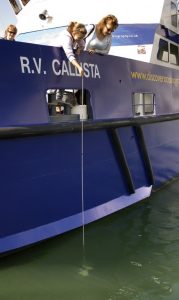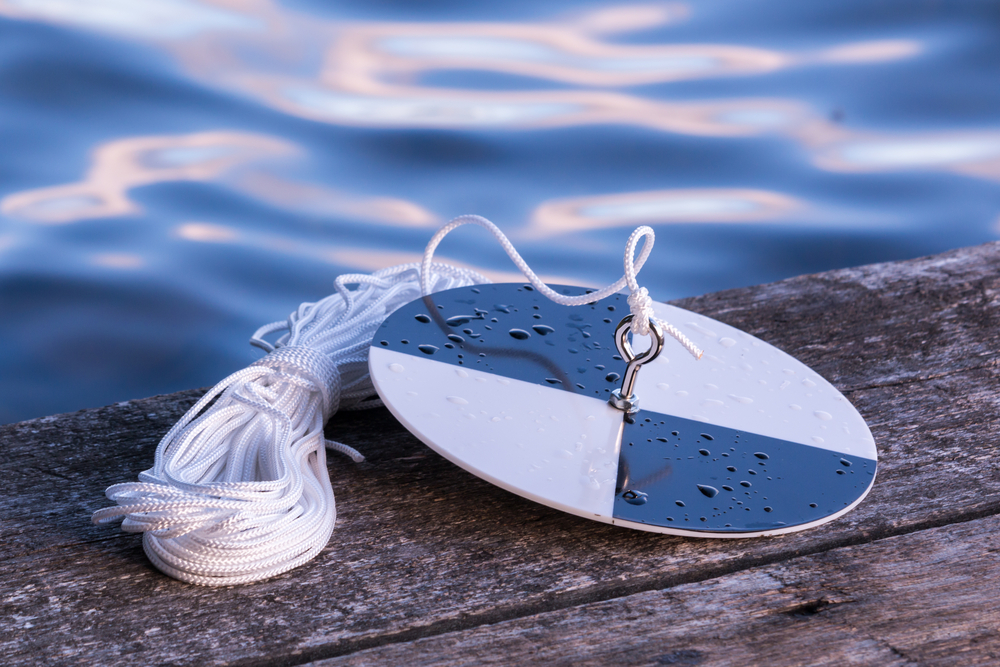 Knowing how far into the water column the light penetrates and how it behaves within the water column is very important information to marine scientists. The Photic Zone is the upper section of the water column, where there is sufficient light to allow photosynthesis to occur. Photosynthesis is one of the most important processes within the marine environment as this is how Phytoplankton gain the energy they need to reproduce. Phytoplankton is the basis of the marine food web, and without it the marine food web would collapse.
Knowing how far into the water column the light penetrates and how it behaves within the water column is very important information to marine scientists. The Photic Zone is the upper section of the water column, where there is sufficient light to allow photosynthesis to occur. Photosynthesis is one of the most important processes within the marine environment as this is how Phytoplankton gain the energy they need to reproduce. Phytoplankton is the basis of the marine food web, and without it the marine food web would collapse.
The Secchi Disk is an instrument used to measure how far light can penetrate into water. It is a simple piece of equipment, with no moving parts or electronics, and provides consistently accurate results. For this reason it has been in continuous use since its development, in 1866, by Pietro Angelo Secchi. The disk is simply lowered over the side of the vessel and down into the water until you can’t see it any more.
The Depth at which it has disappeared is known as the Secchi Depth. Various physical quantities can be obtained mathematically from the Secchi Depth, including the light penetration Depth, which is 3 times the Secchi Depth.
The light penetration Depth obtained by Secchi Disc very closely approximates to the 1% light level Depth, which is the water Depth at which the light intensity has fallen to 1 % of the surface level of illumination. This is important because it is the maximum Depth at which there is generally sufficient light for plant life to photosynthesise.
Why not have a go at making your own Secchi Disk?
The reason we still use the Secchi Disk today, some 144 years after it was first invented, is that it is a very simple piece of scientific equipment. With no moving parts or requirement for electricity, and it can be easily and quickly made.

